Few scenarios in the natural world evoke such visceral terror as being the prey of nature’s fastest predator. The peregrine falcon, capable of dive speeds exceeding 240 miles per hour, represents the pinnacle of aerial hunting precision. For countless birds and small mammals throughout history, their final moments have been marked by the shadow of these remarkable predators descending from above. This article explores the harrowing experience of being hunted by a peregrine falcon—from the perspective of their prey, the hunting strategies that make them so effective, and the evolutionary arms race between predator and prey that has shaped countless species over millennia.
The Ultimate Aerial Predator
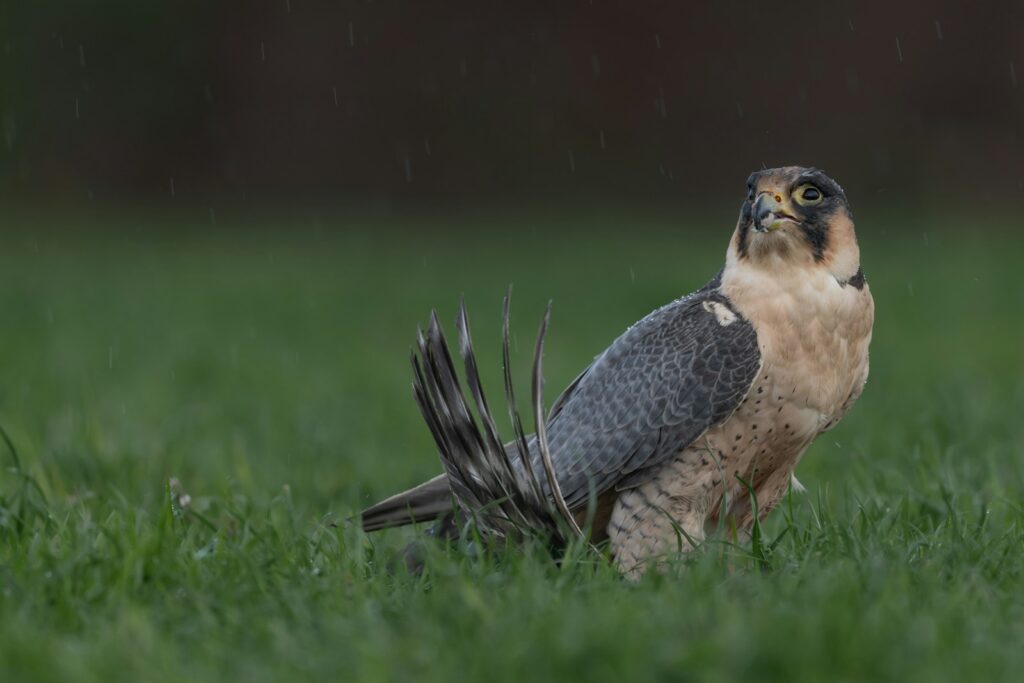
The peregrine falcon (Falco peregrinus) stands as nature’s perfect aerial hunting machine, evolved over millions of years to become the fastest animal on Earth. With a global distribution spanning every continent except Antarctica, these raptors have adapted to hunt in environments ranging from coastal cliffs to urban skyscrapers. Their streamlined bodies, powerful wings, and specialized respiratory systems allow them to reach diving speeds that would cause most other birds to lose consciousness. For prey species, the peregrine represents an almost inescapable threat—a predator whose hunting success rate often exceeds 80% once a chase begins. The falcon’s remarkable vision, capable of spotting potential prey from over a mile away, means that potential victims are often being watched long before they realize they’re in danger.
The Sensory Experience of Prey
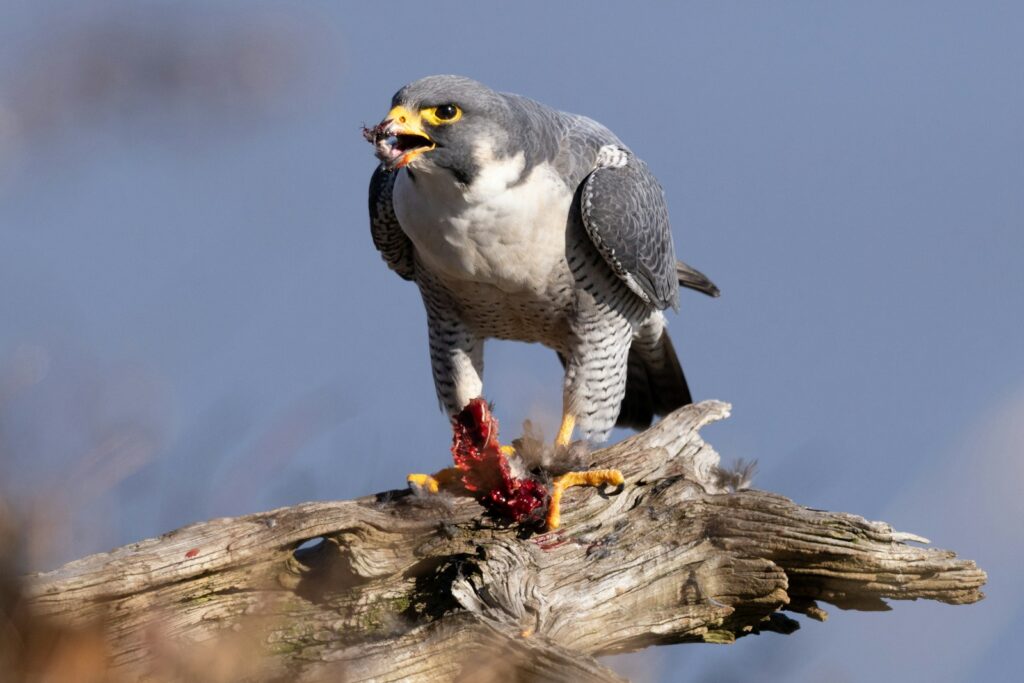
Imagine being a pigeon or duck going about your daily activities when suddenly your highly attuned senses detect something amiss. Birds hunted by peregrines have evolved heightened awareness and nervous systems that constantly scan for predatory threats. The first warning might be a subtle change in the behavior of nearby birds—sudden silence or alarm calls that trigger an immediate stress response. Some prey species report seeing a small dot in the sky rapidly growing larger, while others never see the falcon at all before impact. Researchers studying bird behavior have documented that many prey species demonstrate physiological stress responses—increased heart rate, respiratory changes, and the release of stress hormones—when merely shown silhouettes resembling raptors. For the hunted, life consists of constant vigilance, where every shadow from above represents a potential death sentence.
The Stoop: Nature’s Perfect Aerial Attack
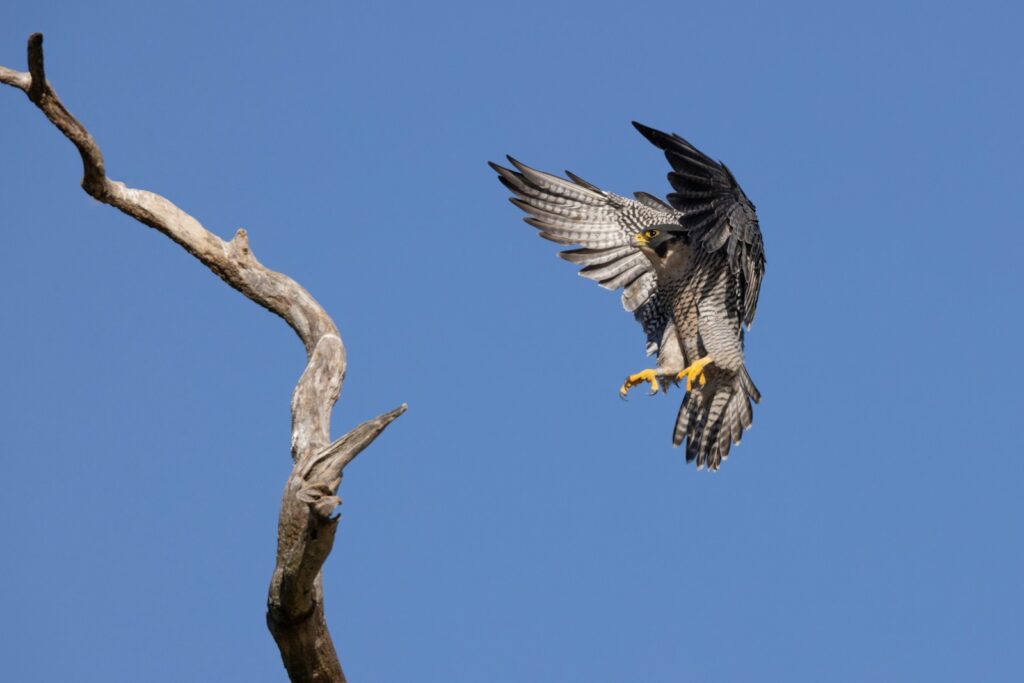
The signature hunting technique of the peregrine falcon is the “stoop”—a high-speed dive that stands as one of nature’s most spectacular hunting behaviors. After spotting potential prey from high above, the peregrine climbs to heights sometimes exceeding 3,000 feet before folding its wings and plummeting toward its target. During this dive, the falcon’s specialized nostrils control airflow to protect its respiratory system while its third eyelid prevents its eyes from drying out at extreme speeds. From the prey’s perspective, this attack often comes with little or no warning—the falcon accelerates from 60 mph to over 200 mph with such efficiency that they often appear as merely a blur to human observers. The physics of the stoop are so perfectly calibrated that the falcon must pull up from its dive several body lengths before reaching its prey, lest it crash into the ground or water below.
The Moment of Impact
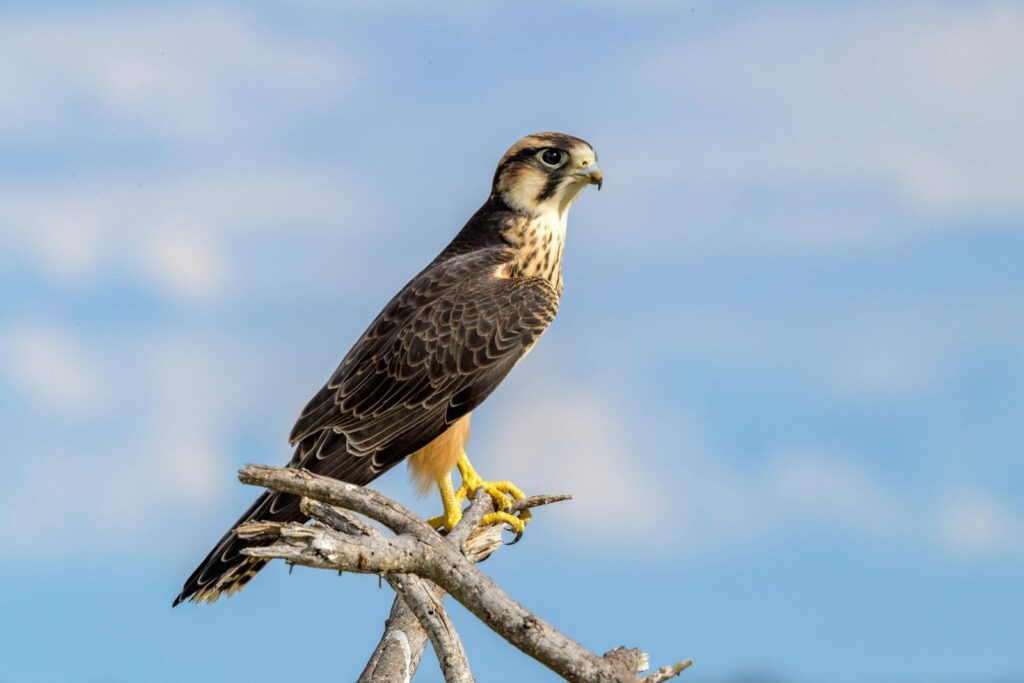
Perhaps the most terrifying aspect of being hunted by a peregrine falcon is the moment of impact—a collision so violent that it often kills prey instantly. Unlike many predatory birds that grab prey with their talons, peregrines frequently strike their targets with a closed foot, using the momentum of their dive to deliver a devastating blow. High-speed photography has revealed that this impact can generate forces equivalent to 25 times the force of gravity. For prey animals, death often comes so quickly they likely experience little suffering—the falcon’s clenched foot strikes with such force that it severs the spine or causes immediate fatal trauma. Some prey species have evolved to dive into water or dense vegetation upon detecting a peregrine, but even these evasive maneuvers frequently prove futile against the falcon’s calculated adjustments and phenomenal aerial agility.
The Psychological Warfare

Beyond the physical aspects of the hunt, peregrines engage in what amounts to psychological warfare against their prey. Many falcon species have learned to use terrain and environmental features to conceal their approach, hiding behind hills or buildings before launching their attack. Urban peregrines have been observed using the sun’s glare to blind prey during their approach, demonstrating a sophisticated understanding of tactical advantage. For flocking birds like pigeons or starlings, the peregrine’s presence creates immediate panic and disorganization—precisely the conditions that make hunting easier for the predator. Studies of urban bird populations have shown that in areas with resident peregrines, prey species demonstrate chronically elevated stress hormones and altered behavior patterns, suggesting that merely living under the threat of peregrine predation fundamentally changes their existence.
Evolutionary Adaptations to Survive
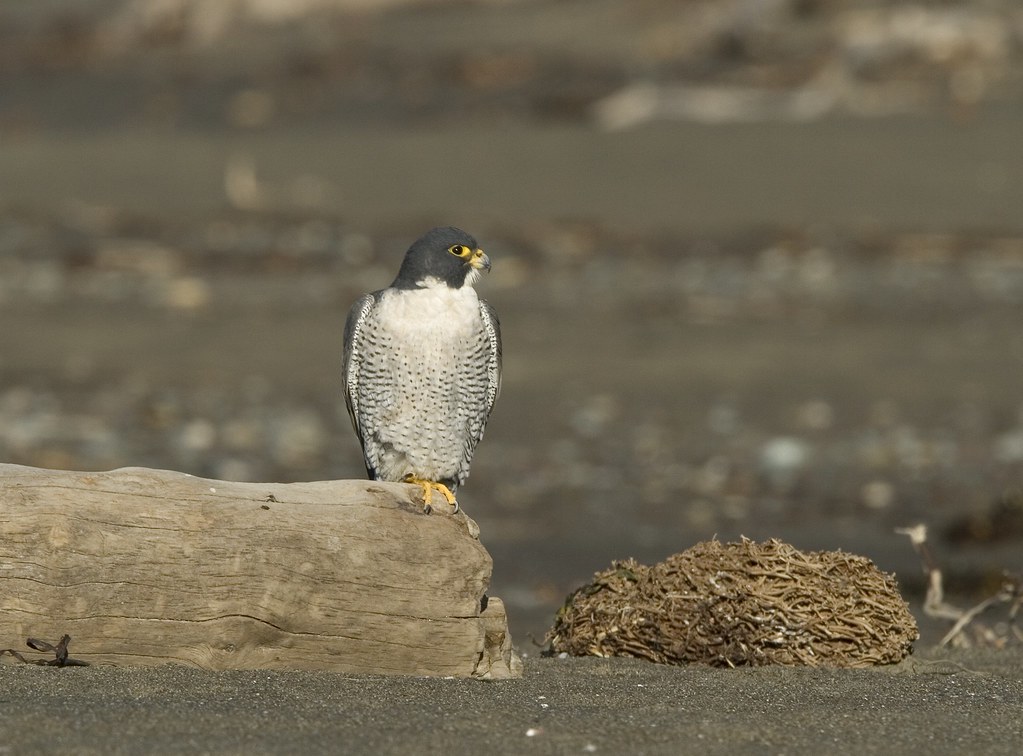
The relentless predatory pressure from peregrine falcons has driven remarkable evolutionary adaptations among prey species. Many birds have developed erratic flying patterns specifically designed to confuse pursuing falcons—zigzagging, rapid altitude changes, and unpredictable direction shifts that make targeting more difficult. Flock dynamics in species like starlings and pigeons appear to have evolved partly as anti-predator strategies, with the synchronous movements of hundreds or thousands of birds creating confusion for hunting peregrines. Some species have even adapted their daily activity patterns, shifting to dawn and dusk feeding when peregrines, which hunt primarily by sight, are less effective. Perhaps most fascinating are the physiological adaptations—some regularly hunted birds have developed faster reflexes and enhanced peripheral vision specifically tuned to detect the approach of aerial predators from above.
The Urban Hunting Ground
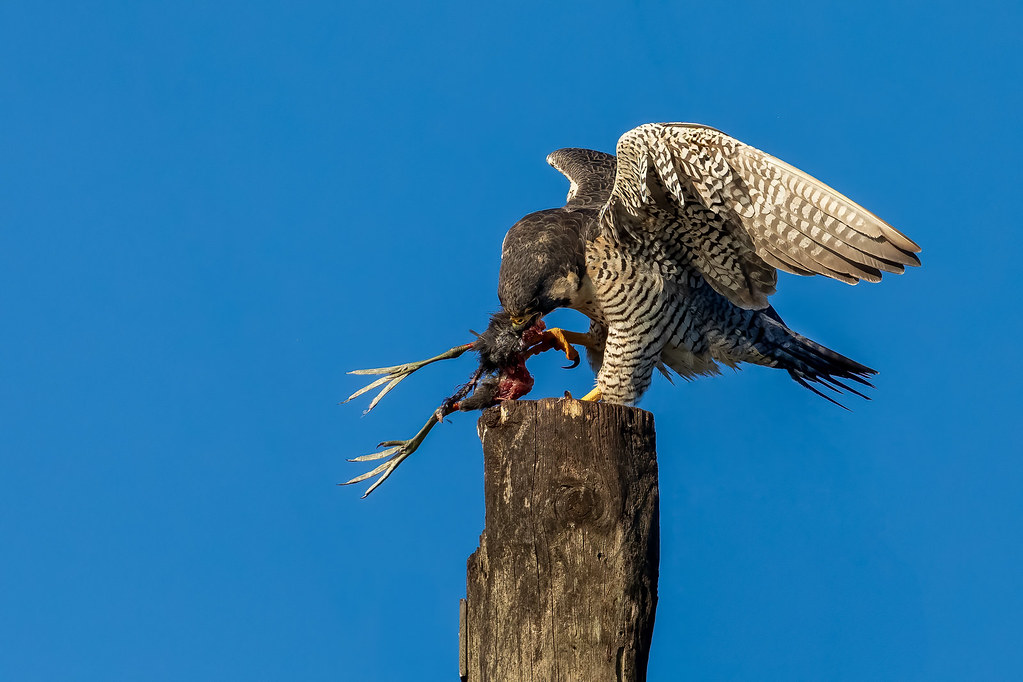
The relationship between peregrines and their prey has taken a fascinating turn in modern cities, where these falcons have established thriving populations after their recovery from near-extinction. Urban environments, with their cliff-like skyscrapers and abundant pigeon populations, have become ideal hunting grounds for these adaptable predators. For city-dwelling birds, the hunting dynamics have changed dramatically—urban canyons created by tall buildings create unique challenges, with fewer escape routes and more opportunities for peregrines to use structures to conceal their approach. Research tracking urban peregrines has shown they often develop hunting territories centered around skyscrapers, creating zones of intense predation pressure for local bird populations. Some studies suggest that city pigeons have begun developing different flight patterns and behavioral adaptations specifically in response to urban peregrine predation, demonstrating evolution in action over remarkably short timeframes.
The Mid-Air Defense Tactics
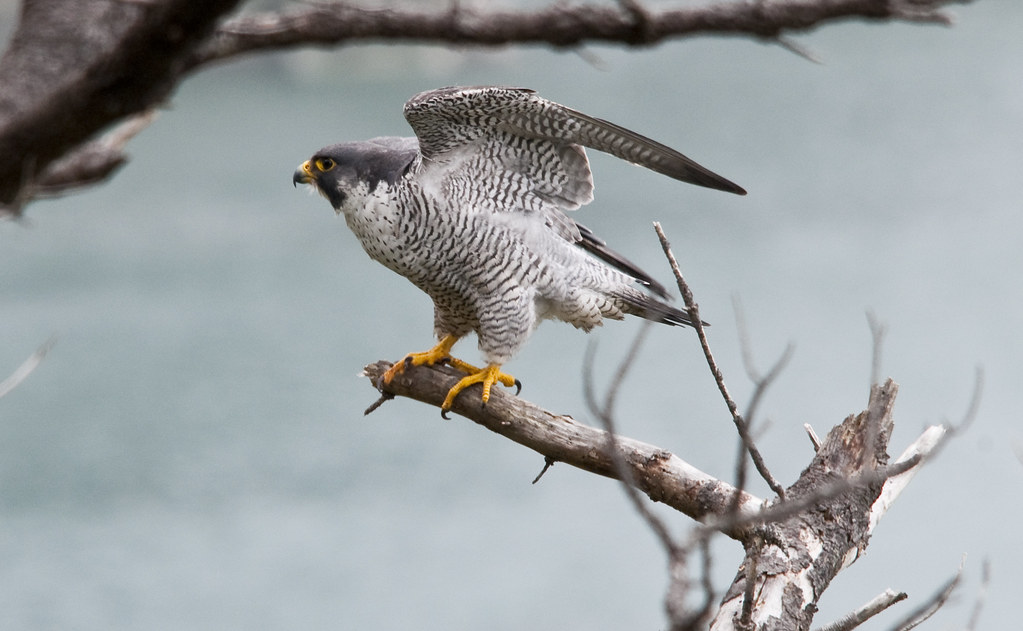
When a peregrine attack is detected, prey birds employ a fascinating array of last-second defensive maneuvers that represent their final chance for survival. One common tactic is the “stall drop”—when a falcon is seconds from impact, the prey bird suddenly stops forward momentum and drops vertically, causing the faster-moving peregrine to overshoot its target. Others perform tight spiraling dives toward water or vegetation where the falcon’s speed becomes a disadvantage. Particularly interesting are the defensive formations employed by flocks—when attacked, many species form tight, undulating masses that make it difficult for the peregrine to isolate individual targets. Some birds, like sandpipers, have even been observed flying directly toward approaching peregrines, timing their movements to pass beneath the falcon at the moment it would normally strike, effectively exploiting the predator’s diving momentum against it.
Sensory Advantages in the Predator-Prey Relationship
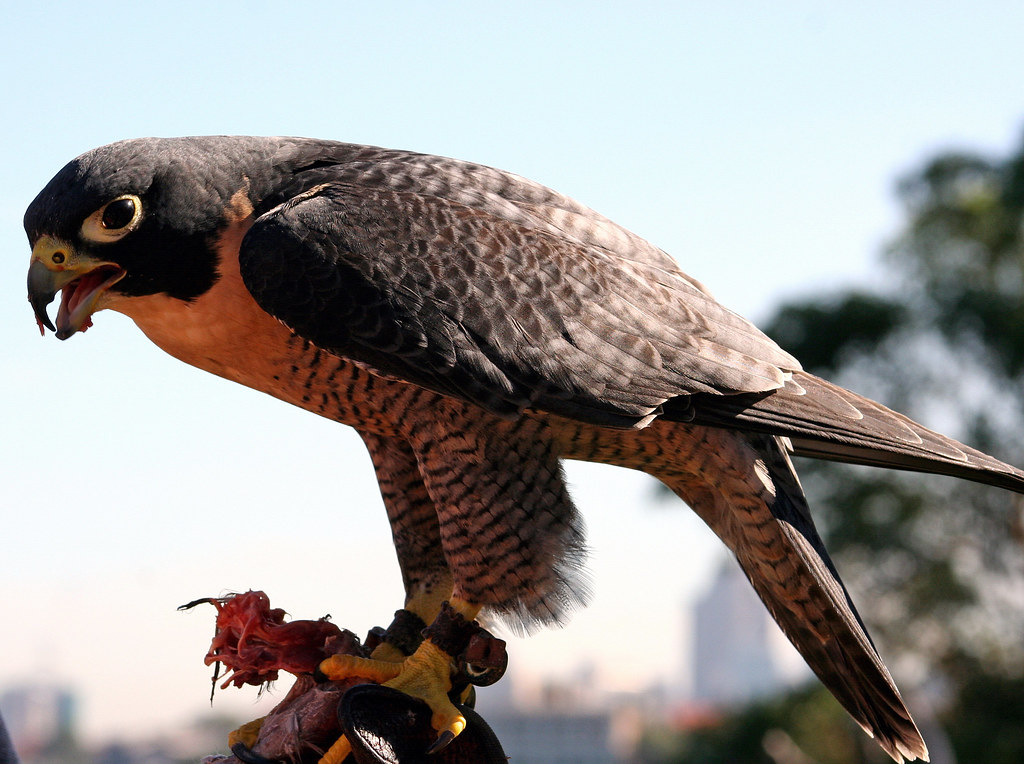
The sensory capabilities of both peregrine falcons and their prey represent a fascinating evolutionary arms race that has shaped both hunters and hunted. Peregrines possess vision approximately eight times more acute than human eyesight, allowing them to spot a pigeon-sized bird from over a mile away. This visual acuity is matched by their ability to track moving objects with extraordinary precision—their visual processing speed is so rapid they can follow prey through complex evasive maneuvers without losing focus. On the defensive side, many prey species have developed enhanced peripheral vision specifically oriented upward, creating a visual field designed to detect approaching aerial threats. Neurological studies of frequently hunted birds show they possess specialized brain regions dedicated to processing overhead movement, allowing for nearly instantaneous recognition of predator shapes and rapid initiation of escape responses.
The Aftermath of a Failed Hunt
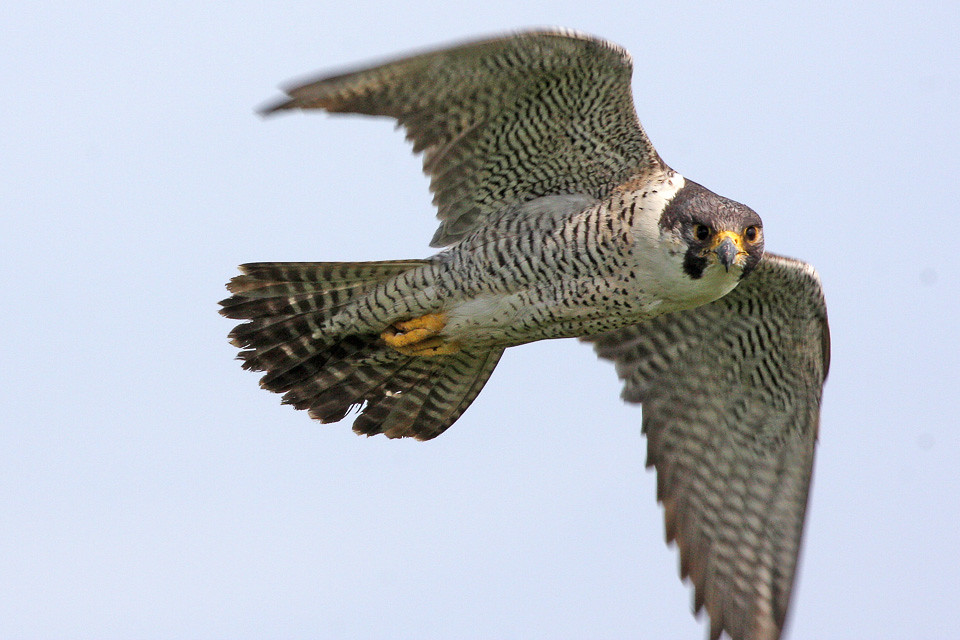
Not every peregrine hunting attempt ends in success, and the aftermath of a failed hunt reveals much about the complex dynamics between predator and prey. For the falcon, failed hunts represent a significant energy expenditure with no nutritional return—studies tracking hunting peregrines have found they succeed in only about 20-30% of attacks against healthy adult birds. After escaping a peregrine attack, prey birds typically display a period of hypervigilance lasting several hours, during which they remain in protective cover or alter their normal behavioral patterns. Research using heart rate monitors attached to birds that have survived predation attempts shows their physiological stress responses may remain elevated for days afterward. Perhaps most interesting is the social learning that occurs—birds that witness unsuccessful attacks by peregrines often develop more sophisticated evasion strategies, and some species have been documented teaching these techniques to their offspring.
The Calculated Risk Assessment
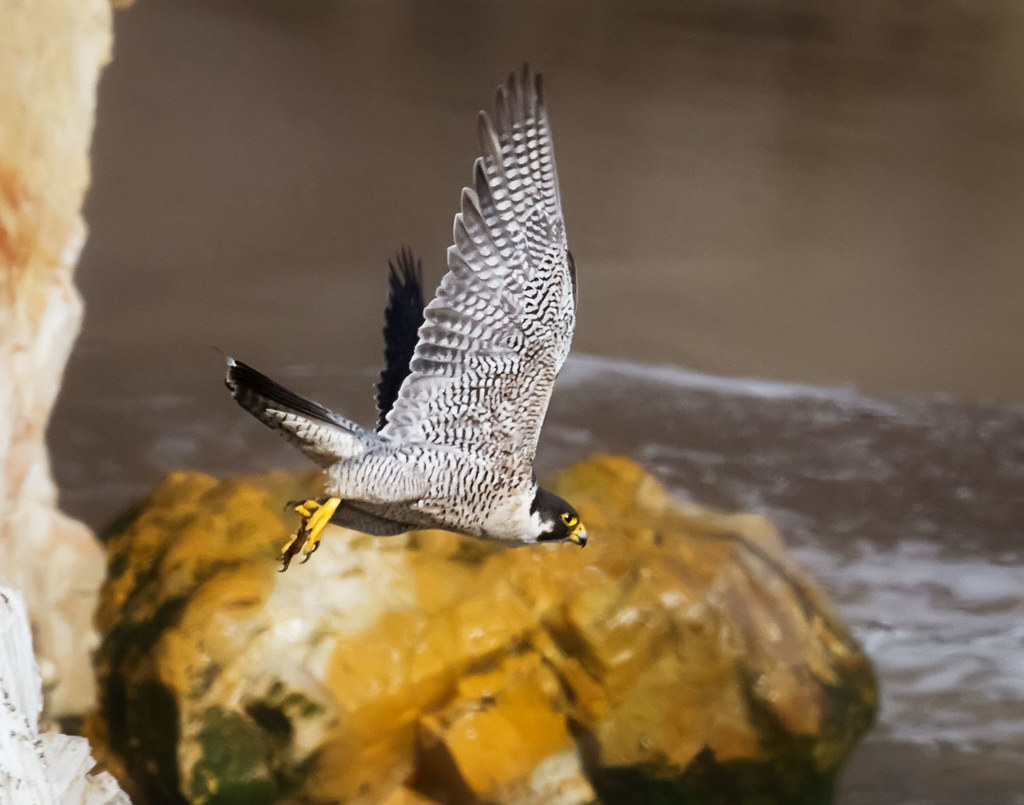
For prey species, existing in environments with peregrine falcons requires constant risk calculation that influences virtually every aspect of their behavior. Field studies have documented that birds make sophisticated trade-offs between feeding opportunities and predation risk—often accepting lower-quality food sources that offer better protection from aerial attacks. Migrations and daily movements are similarly affected, with many species timing their travels to minimize exposure to hunting peregrines. Particularly fascinating is the variable response based on individual condition—researchers have observed that birds in poor physical condition often take greater risks when feeding, effectively gambling that the immediate benefit of nutrition outweighs the increased predation risk. This constant risk assessment creates a landscape of fear that shapes ecosystems far beyond the direct impact of predation itself, influencing everything from habitat selection to reproductive timing.
The Peregrine’s Hunting Limitations
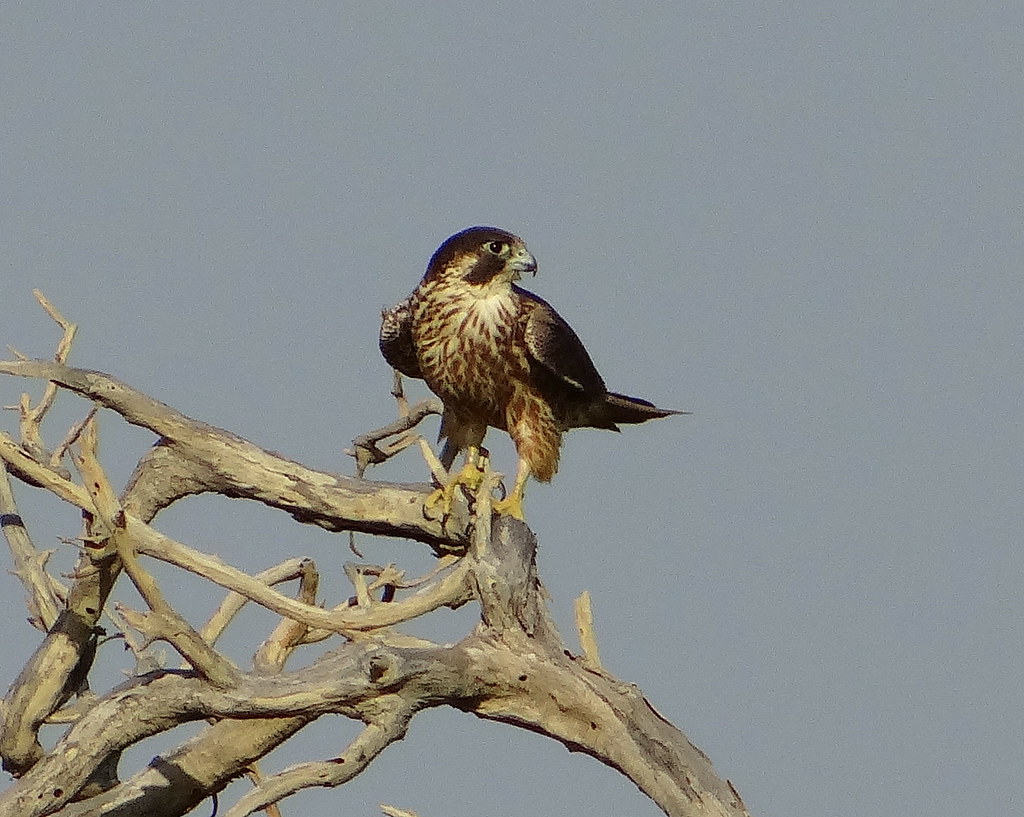
Despite their fearsome reputation, peregrine falcons do face significant limitations that provide prey species with survival opportunities. Their high-speed hunting style requires open airspace, making dense forests or thick vegetation effective refuge zones where their signature stoop becomes impractical or dangerous. Peregrines also hunt primarily during daylight hours, creating temporal safe periods for prey active at dawn, dusk, or night. Weather conditions significantly impact hunting success—heavy rain or fog severely limits the falcon’s visual hunting abilities, creating windows of reduced predation risk. Perhaps most important is the energy economics of hunting—a peregrine must carefully select targets that provide sufficient caloric return to justify the considerable energy expenditure of high-speed pursuit. This calculation means smaller birds often face lower predation pressure, while medium-sized species like pigeons and ducks bear the brunt of peregrine attention.
The Cultural Significance of the Hunt
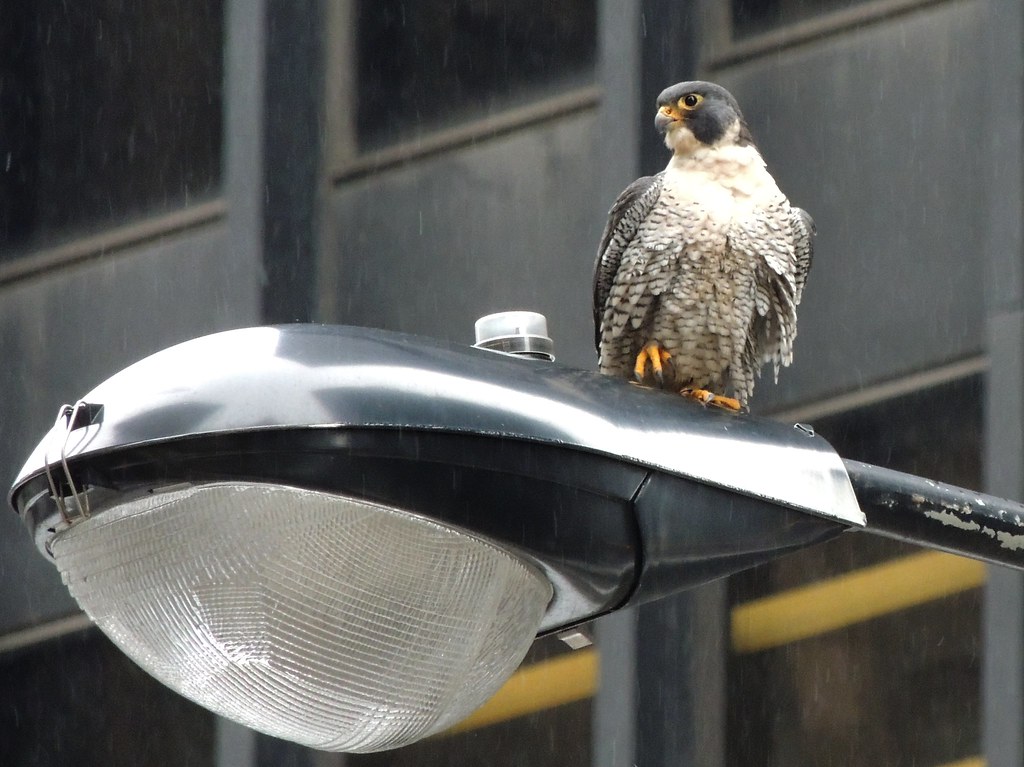
The dramatic hunting behavior of peregrine falcons has captivated human imagination across cultures and throughout history. Ancient Egyptian hieroglyphs depict falcons in hunting poses, while medieval European nobility developed elaborate falconry traditions centered around the peregrine’s remarkable abilities. Indigenous cultures from the Arctic to South America incorporated peregrine symbolism into their creation myths and spiritual practices, often viewing the falcon’s hunting prowess as representing ideal traits for human hunters to emulate. In modern times, the peregrine’s hunting dive has inspired technological innovations ranging from aircraft design to high-speed camera systems. The falcon’s recovery from near-extinction due to DDT poisoning in the mid-20th century represents one of conservation’s greatest success stories, demonstrating humanity’s evolving relationship with this apex predator—from exploitation to protection and coexistence.
The experience of being hunted by a peregrine falcon represents one of nature’s most intense predator-prey dynamics—a relationship shaped by millions of years of evolutionary pressure. For prey species, survival requires constant vigilance, split-second defensive reactions, and sophisticated risk assessment. The falcon’s remarkable hunting adaptations and the equally impressive defensive strategies of their prey demonstrate the powerful evolutionary forces that drive adaptation. As peregrines continue to thrive in both natural and urban environments worldwide, this aerial drama plays out thousands of times daily, largely unseen by human observers but fundamental to the ecological communities where these magnificent predators reign supreme.
